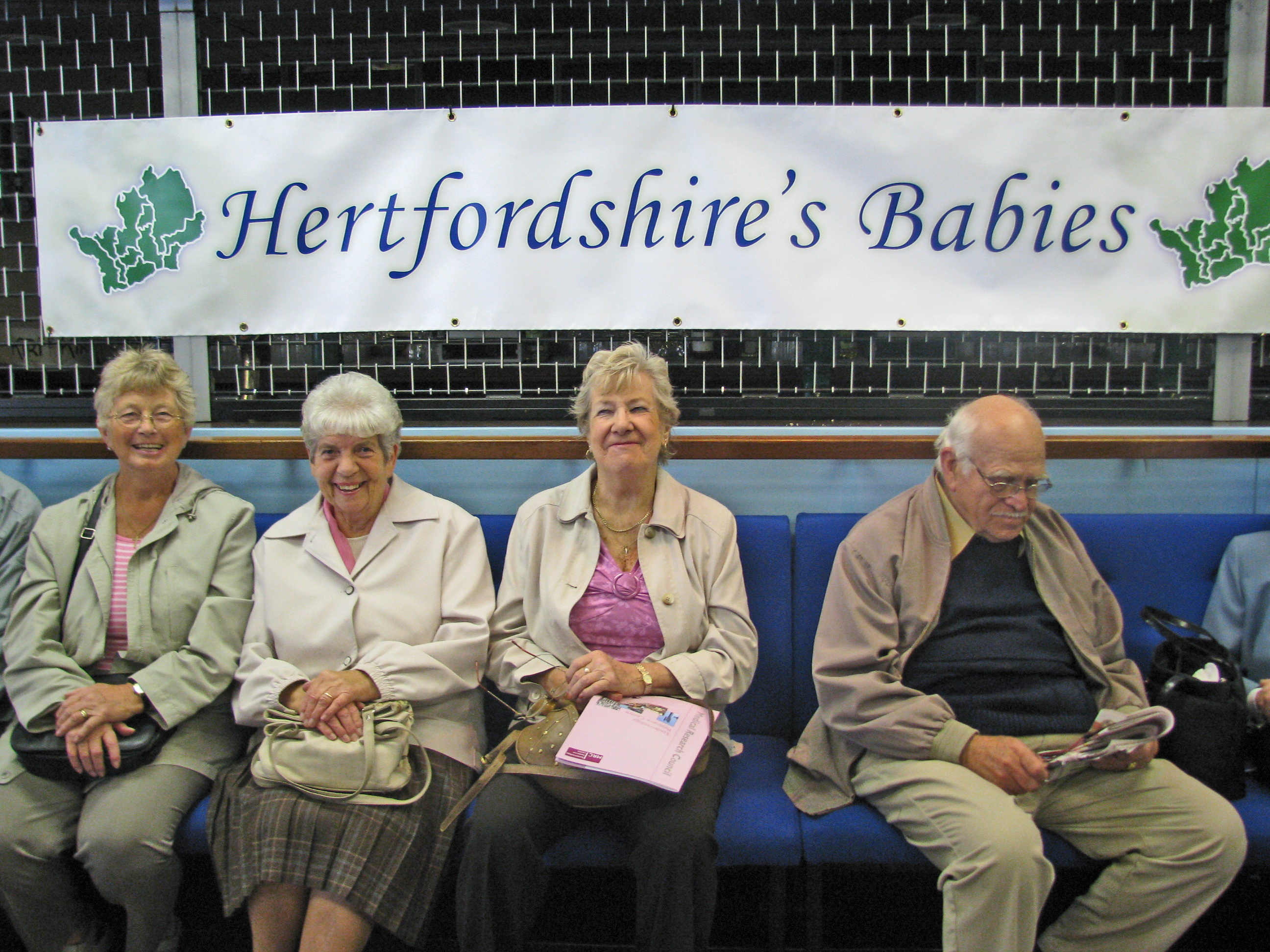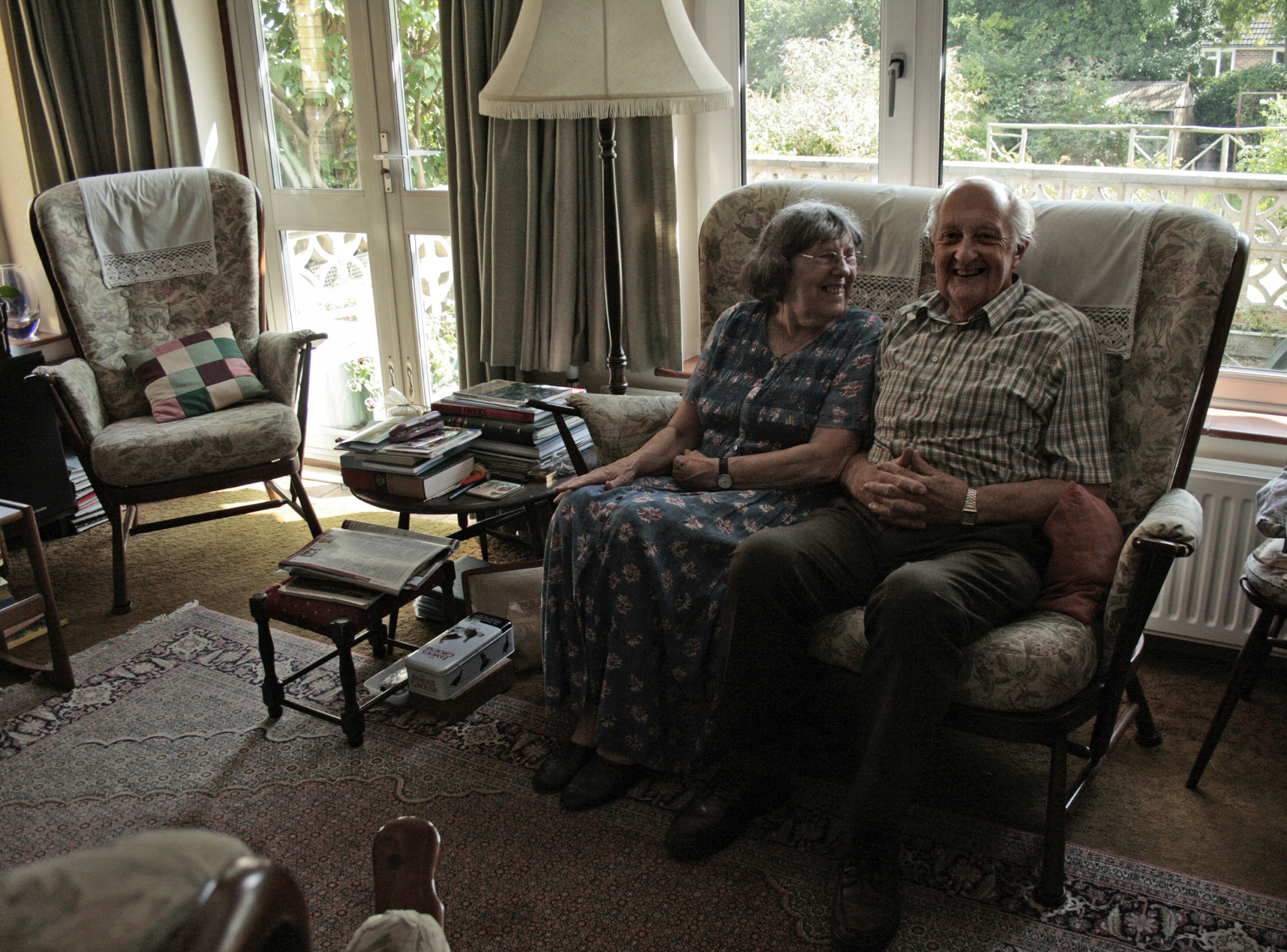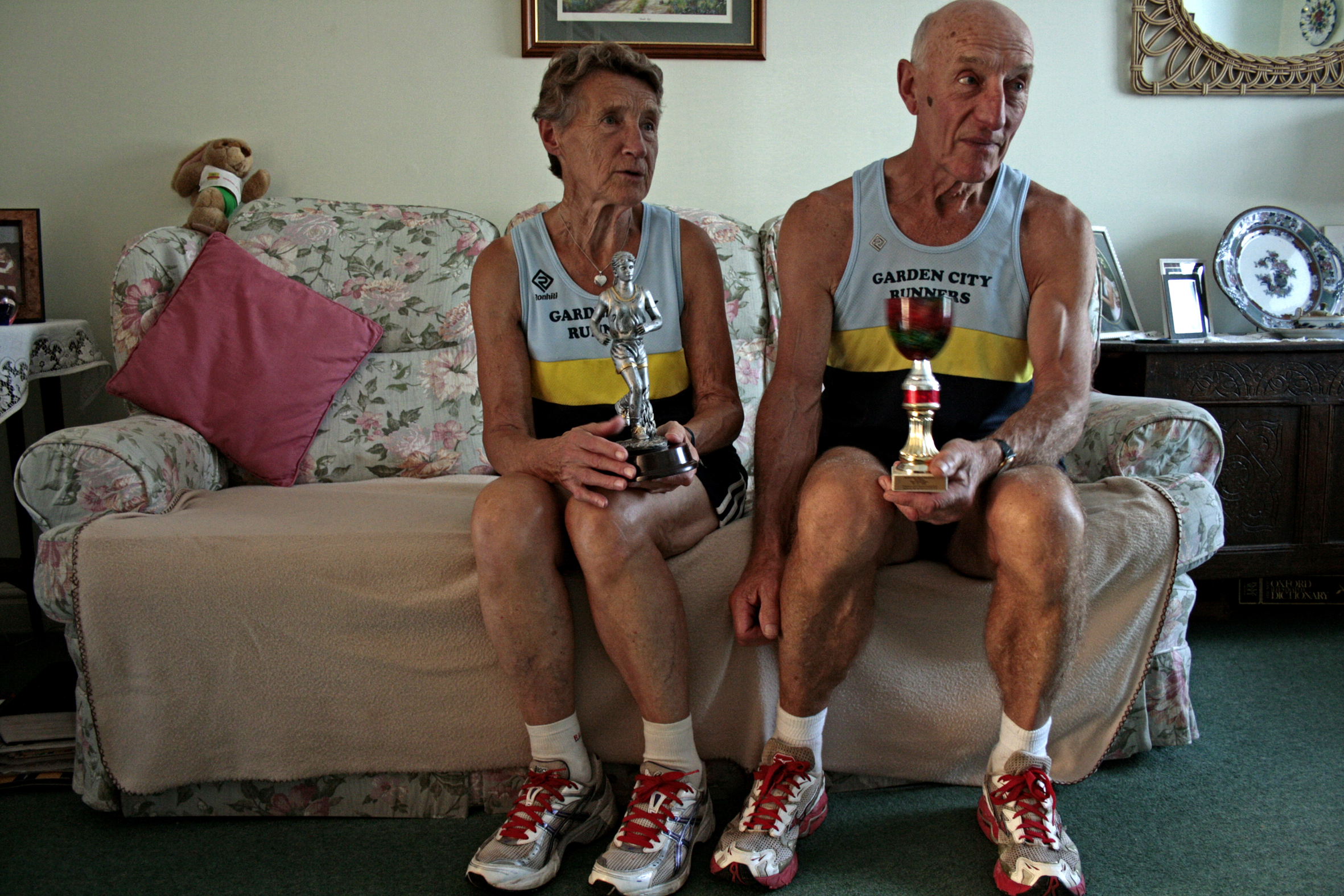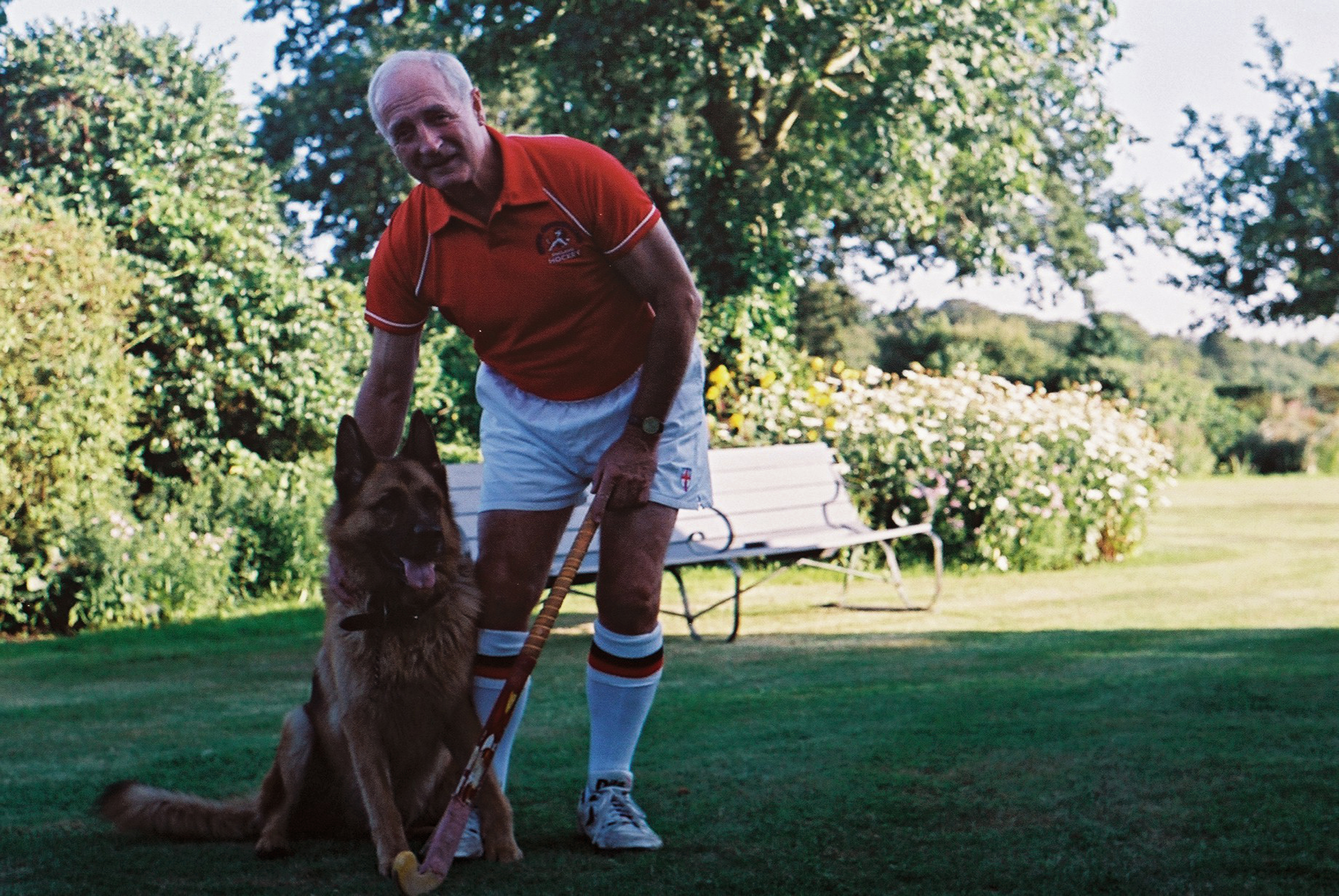The 1930’s Cohort
Following on from our research based on men and women who were born in Hertfordshire in the 1920’s, between 1998 and 2004 we recruited 3,000 men and women who were born in Hertfordshire between 1931-39 and who still lived in the county. These men and women completed a home interview with one of our research nurses and attended a clinic for detailed assessment of their health. The information provided by the 1930’s cohort has enabled us to carry out a wide range of research in to the combined effects of early life, adult diet and lifestyle, and genetics on risk of disease in later life; see our ‘Key Findings’ page for details.
Below we describe our study participants and the numerous follow-up studies that they have kindly participated in.
Mr and Mrs Herts
Although there’s no such thing as an ‘average person’, if we analyse the information collected from the 1930’s cohort members we can build up the following participant profiles.
Men
Most common name: John
Early life: On average, men weighed 7.7 lbs (3.5 kg) at birth and 22.6 lbs (10.3 kg) at one year of age.
Adulthood: On average, the men that came to our clinics were 1.74 m tall (5 ft 9 in), and weighed 82.4 kg (13 stone).
71% of the men who came to clinic were overweight or obese according to their body mass index (BMI). You can calculate your own body mass index on the NHS Direct website.
15% of the men currently smoked and 52% were ex-smokers.
The recommended limit for weekly alcohol intake for men was reduced to 14 units from 21 units in 2016. The average intake for men in our study was 9.3 units (equivalent to about 5 pints of ordinary strength beer, lager or cider) but 35% of men drank over what is now the recommended weekly intake. Click here to use the DRINKAWARE alcohol units calculator.
14% of men had broken one or more bones since the age of 45, 15% had experienced a fall in the year preceding the clinic, 15% had coronary heart disease, and 15% had diabetes.
Women
Most common name: Margaret
Early life: On average, the women in our study weighed 7.4 lbs (3.4 kg) at birth and 21.4 lbs (9.7 kg), at one year of age.
Adulthood: On average, the women that came to our clinics were 1.61 m tall (5 ft 3 in), and weighed 71.4 kg (11 stone 3 lbs).
68% of the women who came to clinic were overweight or obese according to their body mass index (BMI). You can calculate your own obesity level on the NHS Direct website.
10% of the women currently smoked and 29% were ex-smokers.
The recommended limit for alcohol intake for women per week is 14 units; 6% of the women in our study exceeded this amount. The average amount of alcohol units drunk per week by women was 2.6 (less than two small glasses of wine). Click here to use the DRINKAWARE alcohol units calculator.
22% of women had broken one or more bones since the age of 45, and 23% had experienced a fall in the year preceding the clinic, 9% had coronary heart disease, and 14% had diabetes.
Family
There were typically three children in the family which the participants grew up in, though there were up to sixteen children in some families! Men and women in our study have typically had two children of their own, although this number ranges from none to nine.
Follow-up studies
Since their first contact with us in 1998-2004, the cohort have been variously followed-up by postal questionnaires, face-to-face interviews and clinics, intervention studies, and focus groups; examples are provided below.
Physical Activity Trial
A randomised controlled trial designed to examine the efficacy of aerobic exercise to reduce metabolic risk in healthy older people. A total of 106 participants underwent detailed metabolic and anthropometric characterisation at two time points after randomisation, including an oral glucose tolerance test (OGTT), DXA scan, measurement of physical performance, abdominal magnetic resonance imaging (MRI) and ultrasound scan, liver and muscle spectroscopy and muscle biopsy. The study was conducted in collaboration with the MRC Epidemiology Unit, University of Cambridge.
Hertfordshire Sarcopenia Study
A study carried out to explore lifecourse influences on the size, composition, strength and function of ageing muscle. A simple biopsy procedure was used to take a sample of muscle from the thigh. These samples are being used in novel studies of the composition and genetics of ageing muscle. See the Key Findings page for further details.
Hertfordshire Bone Study
A study designed to investigate lifecourse influences on ageing bone and muscle. As part of this study participants traveled to Cambridge to undergo high-tech scans of their bone; the scans were repeated several years later. This is allowing us to monitor how our participants’ bones are changing and what influences these changes. See the Key Findings page for further details.
VIBE- Vertical Impact on Bone in the Elderly study
The VIBE study investigates typical levels of physical activity in older people with a particular focus on impact loads and how this relates to bone and muscle. Participants wore a device which recorded physical activity levels as well as measuring information about exposure to forces of different magnitudes. Participants also completed a lifestyle questionnaire. This study was conducted in collaboration with the University of Bristol.
Dietary Focus Groups
This study invited participants to attend a series of focus groups. Some of these participants had experienced a decline in their overall diet quality in recent years, while others had diets that had remained stable over this period. At the focus groups, participants were encouraged to discuss the factors that they felt influenced their diet and general lifestyles. Qualitative research methods are being used to analyse this information.





